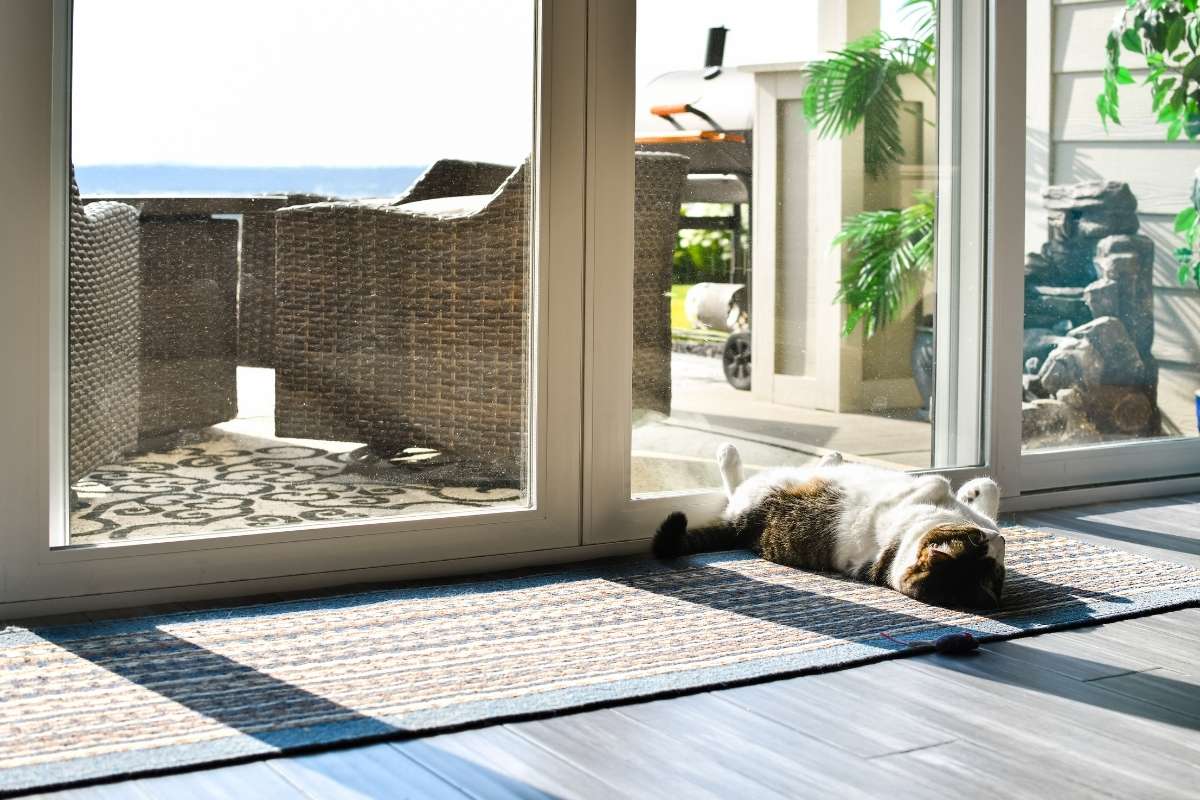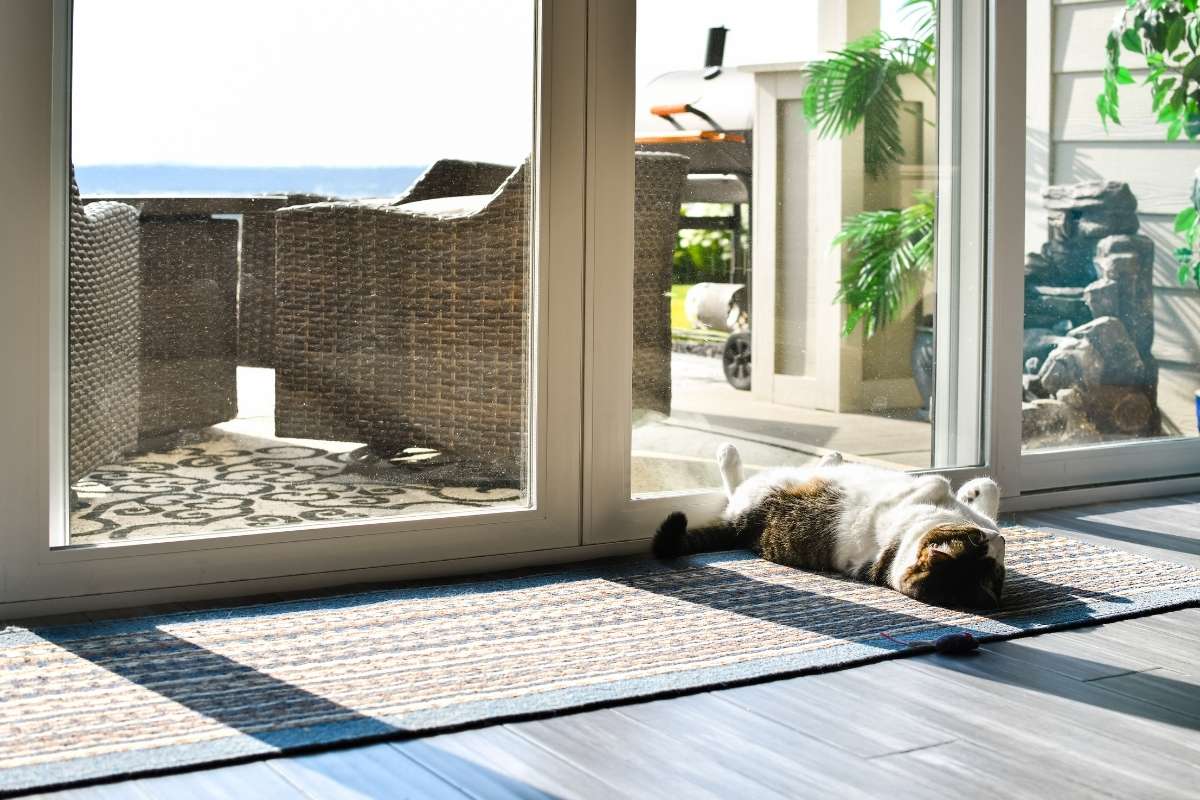Bifold Doors vs Sliding Patio Doors
Bifold Doors vs Sliding Patio Doors
Glass doors, whether internal or external, earn pride of place at the centre of many modern extensions and refurbishments. The flexibility and natural light they bring, backed up by innovative designs, finishes, and security measures, push glazed doors to the top of design agendas.
However, these innovations filling the market make it hard to decide which solution is best for your home. Exploring the two current front-runners, bifold doors and sliding doors, lends a great understanding of the pros and cons. This bifold doors vs sliding doors cost-benefit analysis will give you the information to determine your home’s new centrepiece.

What Are Bifold Doors?
Bifold doors are defined by their concertina design. This allows their panes, or ‘leaves’ to fold open and shut away unobtrusively. From their humble beginnings in ancient Roman hinged wooden panels, the bifold blossomed into a twenty-first-century phenomenon taking the interior and exterior design worlds by storm.
Whether in lift-and-pull on in-line frame designs, bifolds offer anywhere from 2 to 8 leaves that fold away with ease, leaving up to 90 per cent clearance. Most customers opt for an odd number of leaves, creating a ‘traffic door’ at the handle. Traffic doors operate independently from the rest of the bifold, allowing homeowners to nip in and out as they please.
What Are Sliding Doors
The rapid increase in bifold popularity prompted sliding door designers to reinvent the sliding door. Featuring glazed panels which run along doorframe grooves, the basic sliding door offers a robust and reliable design. However, customers are no longer limited to janky sliding patio doors which squeak and jam.
Modern sliding doors with slim aluminium frames offer sweeping views with technical efficiency. Some up-scale models feature inset frames that allow sliding doors to disappear into the wall completely. Other architectural designs match the bifold’s ability to retract around corners, or even detect owners and fold automatically.
Advantages of Bifold Doors
While specially engineered sliding doors disappear into walls, every bifold door is clutter-free by design. Standard sliding doors open 50 per cent of the way, but all bi-folds can open up rooms to provide seamless transitions between rooms and gardens. The bifold design also allows flush frames at floor level, adding an accessibility edge over sliding doors. This edge often becomes the deciding factor for customers with limited mobility.
The bifold’s flush frame removes a trip hazard for any small children in the house. Bifold doors can feature anti-finger trap technology for similar reasons. The technology features protective layers over the hinges to prevent any fingertips from getting caught between the leaves
The big difference between bifolds and sliding doors is the ratio of frames to panes. Bifolds feature more framework, while sliding doors allow wider panes. This framework allows bifolds to support taller windows than sliding doorframes can.
Advantages of Sliding Doors
The main advantage of sliding doors over bifolds is the larger panes of glass. In homes where customers wish to show off their garden or create a flow of light from room to room in their house, sliding doors offer slightly less interruption than bifolds when closed.
Because of the high standards of modern engineering and design, the margins between sliding doors and bifold become slim in many areas. For example, the two designs come very close to one another in thermal efficiency. Aluminium is more conductive than glass, but glass is thinner than aluminium, making pane and frame ratios almost cancel each other. However, sliding doors come out on top by about 0.02 Wm2K.
The same can be said for security. Both sliding doors and bifolds come with tough multi-glazed panes, multi-pin locks, and secure-by-design accreditation. However, as metal is undoubtedly stronger than glass, the bifolds framework gives it a slight edge over sliding doors.
Price Match: Upfront and Unfolding Finances
Again, the price difference between these two designs rests on thin margins: the most expensive sliding door is more expensive than the cheapest bifold and vice versa. Variations in size, structural design, and material cost offer personalised pricing. The larger the glass pane, the more costly the manufacture, shipping, and installation.
House price improvements create another financial issue worth thinking about. New glass doors add value to the house, particularly when they accentuate its best features and add versatility and hospitality to its rooms. Bifold doors open up rooms efficiently, and sliding doors’ wide panes can broaden your home’s horizons.
Conclusions
Every home is different, with different requirements on the road to a perfect glazed door solution. These differences make it hard to say that one door is better than another, particularly when it comes to aesthetic and budgeting goals. However, the information above about each door’s possibilities and strengths should help you decide which suits your home best.

